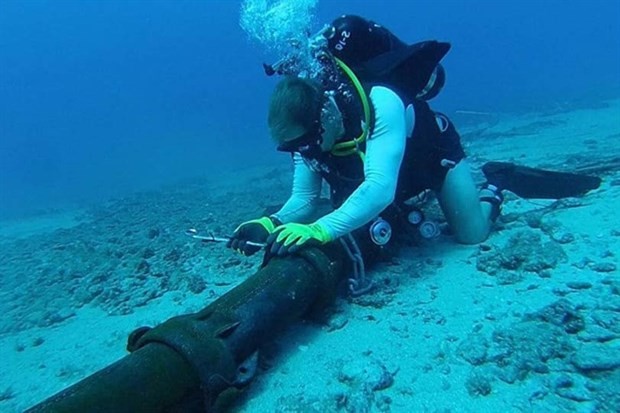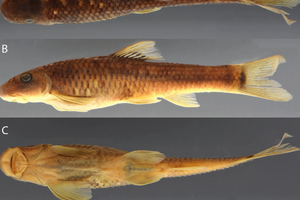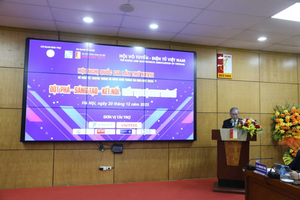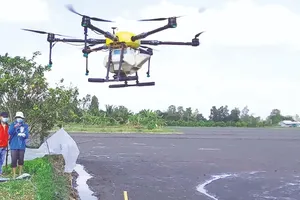 |
| Illustrative image (Photo: vietnamnet) |
Two lines, Asia-America Gateway (AAG) and Asia Pacific Gateway (APG), are completely offline at the moment, and the Asia Africa Europe 1 (AAE-1) line is seeing disruptions towards the Hong Kong hub, while the Intra Asia (IA) line cable is seeing problems near the Singapore hub.
This is the first time such incidents have happened at the same time, and even more unfortunately, during the Lunar New Year holiday.
Many internet users have complained of slow and unreliable internet connections in recent times, ISPs have said.
Stressing that this was an unfortunate ‘force majeure’, a representative from Vietnam Posts and Telecommunications Group (VNPT) said the provider was actively deploying measures to ensure international internet connections to its consumers, including sharing data loads between still available international lines, working with Facebook, TikTok, and YouTube, as well as optimizing traffic on different cables.
Thanks to these efforts, platforms like Facebook, TikTok, and YouTube can still be accessed normally, while financial, banking, and insurance transactions can still be conducted.
Mobile data connections are also ensured, according to the VNPT representative.
However, it stressed that with breakages occurring on four out of five undersea cables, internet access would suffer, especially in ‘peak hours’ with activities that demand large data like online games or watching movies, etc.
The military-run provider Viettel similarly has devised re-routing plans to regulate traffic on the remaining sea cable and land cables, and buy additional emergency capacity to ensure the best service quality for customers.
Major domestic service providers are actively working with submarine cable systems and ship operators to determine the cause of the issues, the location of the incident and the repair plan, in the shortest time possible.
Other smaller providers like CMC and NetNam are also making moves to mitigate the incident’s consequences like pushing more traffic onto land cables via China and Cambodia.
























